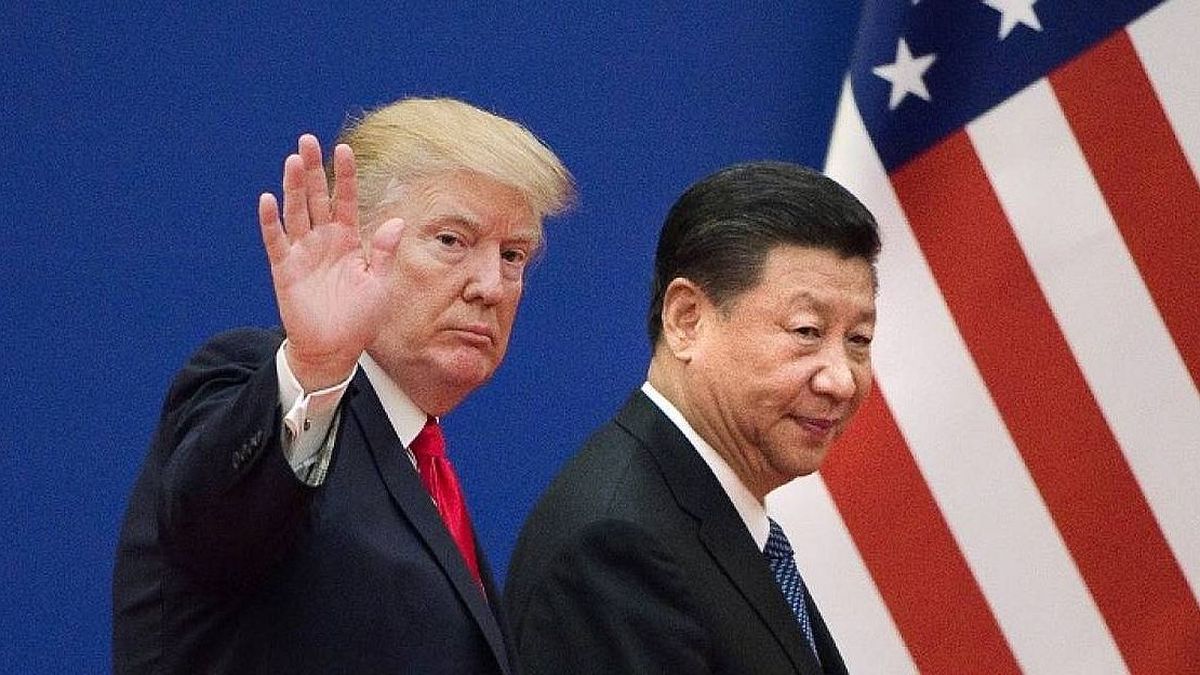The emerging market stocks and bonds achieved positive returns in the first quarter of 2024. This occurred against a backdrop of continued resilience in global growth, supported by the United States, where expectations of a “soft landing” were up.
The feeling towards emerging markets It was mixed and at the level of market flows, there was a clear divergence between the variable income and the fixed income of these actors. The trends observed in 2023 were maintained, as emerging market equities received small positive inflows during the first quarter, while emerging market bonds rThey recorded firm net outflows, split between hard currency bonds and local emerging market bonds.
The information comes from the report Schroders Emerging Market Lens Q2 2024, which runs a detailed analysis of the performance of stocks and bonds in emerging markets during the first quarter of 2024, as well as an overview of the trends and factors that drove them.
Performance of emerging market stocks
- Emerging market stocks returned 2.4% in dollar terms, although they lagged behind developed marketswhich advanced 9%.
- The strength of American dollar and expectations of higher interest rates in the United States hampered the performance of emerging market assets.
- Divergent performance trends persisted between the United States and China, with a continued focus on the Information Technology (IT) and Artificial Intelligence (AI) sector.
Screenshot 2024-04-17 at 14.17.33.png
Equities from emerging markets. Schroders Emerging Market Lens Q2 2024
Several performance trends from last year persist into 2024, notably divergent market performance between United States and China, and the superior performance of the Information technology (IT), amid the continued enthusiasm towards Artificial intelligence (AI); Momentum is the best performance factor.
Although the first quarter continued to be a difficult period for emerging market performance versus developed markets, there were some signs of a rebound in China, following some initial weakness in January. The question is whether the rally will continue.
Regarding the overall profitability of emerging markets, performance dispersion by market remains wide. The range of returns in US dollar terms extended from -30% in Egypt to 15% in Colombia. This only emphasizes the heterogeneity of the emerging markets investment universe and the importance of closely monitoring different market dynamics.
Emerging market bond performance
- Emerging market bonds had mixed performance. Hard currency sovereign and corporate bonds posted solid gainswhile local debt lost value due to currency weakness.
- Hard currency emerging market sovereign debt returned 2% in the first quarter, with diverging returns between high-yield and investment-grade sub-indices.
- Emerging market bonds in local currency fell 2.1%, mainly due to the strength of the US dollar.
Emerging bonds posted mixed performance in the first quarter. Hard currency sovereign and corporate bonds posted solid gains. Meanwhile, local debt lost value due to currency weakness.
Hard currency emerging market sovereign debt (EMD) returned 2% in the first quarter, extending the strong performance seen in 2023. However, the overall hard currency yield obscured the performance. divergent from the high yield (HY) (+4.9%) and investment grade (IG) (-0.8%) subindices.
Screenshot 2024-04-17 at 14.17.19.png

Emerging market bonds. Schroders Emerging Market Lens Q2 2024
The panorama was similar in the case of corporate debt in hard currency, whose general index advanced 2.3%. The underlying subindices IG and HY returned 1.0% and 4.1%, respectively.
Meanwhile, emerging market bonds in local currency fell 2.1% in the first quarter, with the strength of the US dollar as the main drag. Chile and Turkey, where the peso and lira fell steadily, were among the weakest index markets.
The Uruguayan peso and the Mexican peso have remained firmer so far this year. For the Mexican peso, this is a continuation of the strength seen last year thanks to high real rates, a more aggressive central bank, strong economic performance and amid continued optimism towards the nearshoring.
Drivers to take into account
Key factors affecting emerging market assets include growth prospects in the US, inflation, the Federal Reserve’s monetary policy and the evolving situation in China.
The geopolitical risk, including elections in emerging markets such as India, Mexico and South Africaas well as global events such as the competition between the United States and China, the Russian invasion of Ukraine and the conflict in the Middle East, They can affect asset prices and inflation.
However, outside of emerging markets, there is the election year in the US and it is being used as the driver to take into account. Not only because of the implications for the trajectory of the US dollar, but also for foreign policy. It should be remembered that the long-term strategic competition between the United States and China has caused continuous tensions in recent years.
Source: Ambito
I am a 24-year-old writer and journalist who has been working in the news industry for the past two years. I write primarily about market news, so if you’re looking for insights into what’s going on in the stock market or economic indicators, you’ve come to the right place. I also dabble in writing articles on lifestyle trends and pop culture news.




